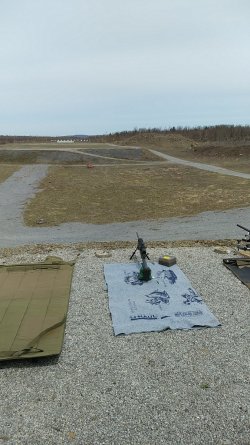No offense meant towards
@ntsqd, but there is a reason that test units are built after the engineers model something using computer modeling.
Real life things have a habit of reacting differently than the computer modeling predictions.
Having turned wrenches on cars, motorcycles, race cars, aircraft and being a machinist has perhaps given me a dim view of computer modeling.
Working in pitcrews, the saying is that "engineers are great, till the first turn".
Where the rubber meets the road is where you really find out what is going on.
Working on aircraft and machining, you learn that form affects function when it comes to metal. You can also see this in knife and sword making.
Having said that, the lightest rifle I ever had was a NULA 24B in 280 Rem. 5.5lbs bare.
Total weight with EGW one piece base (20 MOA), Vortex Viper rings, Sightron SII, and nylon sling was just over 7 lbs.
Melvin Forbes used a 24", 1.5 contour barrel on these. No flutes. Full length bedding.
Where he saved his weight was the stock.
That rifle without flutes, with the thicker barrel was lighter than the Weatherby Mark V Ultra Lightweight and the Mark V Weathermark LT that I have. Both of those with fluted barrels.
As for POI shifts with skinny barrels, I don't totally buy into it either.
My first F-Open match. 600 yards.
My first time shooting that far. First time shooting in a match. First time shooting prone.
Rifle is a Stevens 200 that I reamed the chamber of the factory barrel from 7mm-08 to 7mm-08AI.
Shot a 173, 173-1X, 173-2X.

